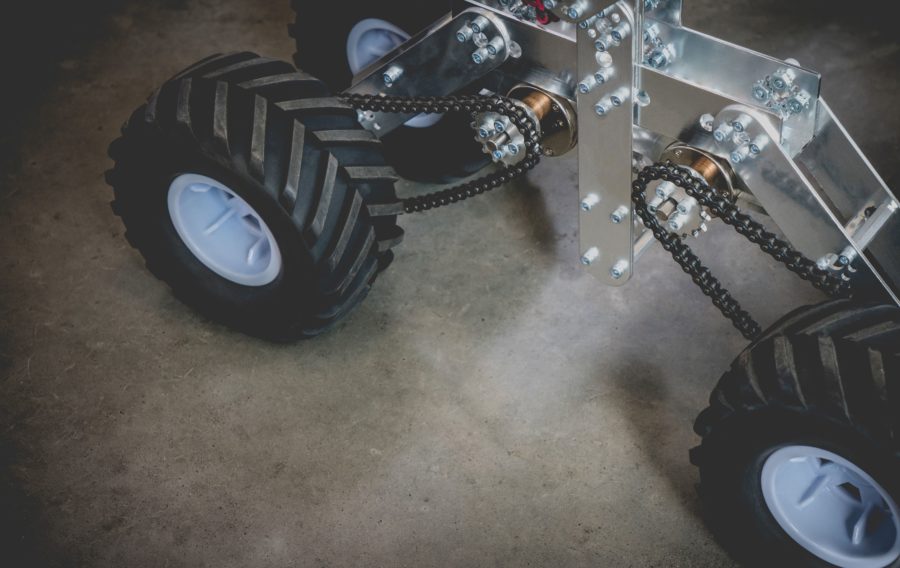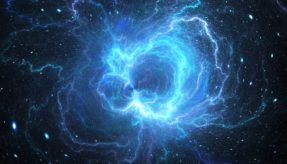
The US and UK armed forces collaborated on an experiment to test the potential of autonomous vehicles in saving lives.
The UK DSTL and the US Army Combat Capabilities Development Command’s Ground Vehicle Systems Centre (TARDEC) recently experimented on the benefits of autonomous vehicles. They looked at how semi-autonomous logistic convoys, as well as ground and aerial autonomous resupply systems, could be used to save the lives of personnel.
The experiment took place at Camp Grayling Joint Manoeuvre Training Centre in Michigan. The British-designed autonomous systems were operated through data sensors on lead vehicles.
DSTL’s Autonomy and Innovation Lead Peter Stockel said: “This has been a journey in understanding, not only how to integrate technically the different capabilities, but importantly to help the British and US Armies understand and develop the potential concepts of use, tactics and procedures together in the representative battlefield environments.”
“We have gained hugely valuable insights into the reliability and maturity of ‘state of the art’ technology and how to operate these systems as a UK/US coalition. This is about two major Western partners working together to make future battlefield operations less risky, more effective and efficient.”
In three weeks of experimentation prior to the demonstration event, smaller unmanned ground vehicles and unmanned aerial vehicles developed under the UK’s ‘Last Mile Challenge’ were tested, undertaking autonomous delivery missions to remotely deliver a variety of representative payloads including ammunition, food and medical supplies. Researchers used UK and US tactical resupply vehicles together in the convoy, with both sets of vehicles being equipped with the US research centre’s autonomous technology.
During the final end-to-end demonstration event, robotic and autonomous systems for many parts of the deployment supply chain were showcased; including operation and mission logistic planning tools, robotic and semi-autonomous load handling vehicles, semi-autonomous leader-follow logistic convoy and autonomous ‘last mile’ resupply capabilities. In three weeks of experimentation prior to the demonstration event, smaller unmanned ground vehicles and unmanned aerial vehicles developed under the UK’s ‘Last Mile Challenge’ were tested, undertaking autonomous delivery missions to remotely deliver a variety of representative payloads including ammunition, food and medical supplies.
If you would like to join our community and read more articles like this then please click here.








